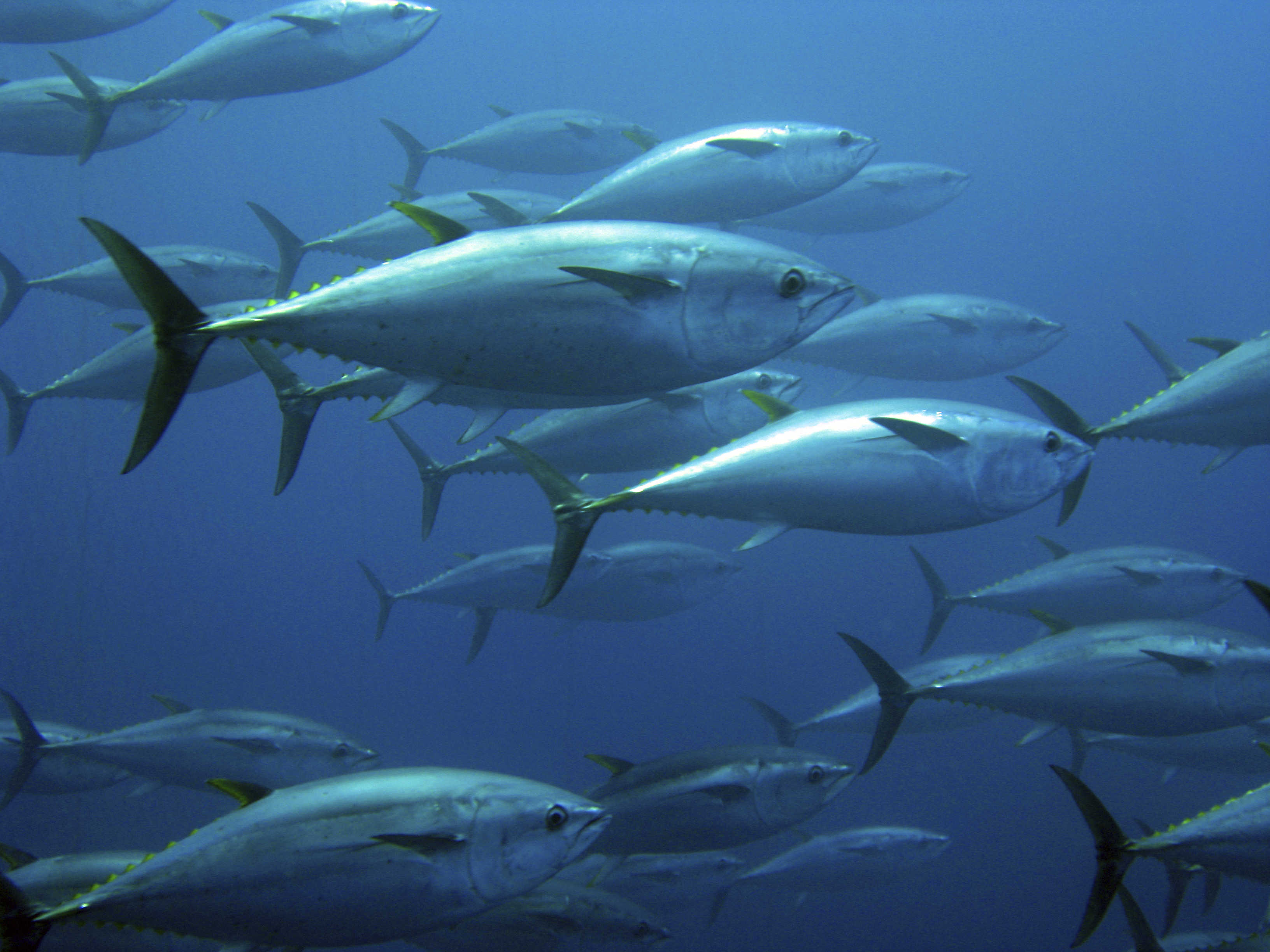Tuna in the 1960’s was sold for pennies mainly as cat food and for the few people loved Bluefin’s bloody fat meat.
In the Atlantic ocean, Tuna was mainly caught as sport due to its large size, speed and strength – being a challenge to fishermen.
In Southern Italy, tuna was considered as the food of the poor and, in western markets, Toro (which is now considered the prime meat of Tuna) was given to animals. Due to modern globalization, sushi bars opened up in America and Americans started to appreciate Toro (prime meat of the bluefin’s belly) which caused the demand for Tuna to skyrocket.
Between 1970 to 1990 fishing for Bluefin tuna went up by 2000 percent and the average price paid for Tuna went up by 10,000 percent. The record money paid for a single Tuna peaked in 2012 where owner of a Japanese sushi chain paid $1,76 million for a 489 pound Tuna breaking all records.
Sushi’s rise in popularity and the extravagant prices paid in auctions created a new opportunity in shipping industry mainly in air cargo.Jet travel allows perishable goods like Tuna to move as fast as possible, one good example is in 1970’s if a Bluefin tuna was caught on Sunday afternoon in Europe it was serving as lunch on Wednesday in Tokyo.
Tuna got the same respect in terms of handling & speed that a Japanese grand prix car had which had to be a certain address in a certain time so that it does not miss a grand prix.
Even though many airliners handle tuna in a speedy manner, it was Japanese airlines who started and perfected the tuna handling. In the 70’s, air cargo was quite profitable from Japan to Europe since Japan was a major exporter however executives were having hard time filling the cargo space for the returned flights from Europe to Japan where the gap was quickly filled with Tuna’s popularity. Initially, Japan airlines had no idea how to transport tuna without damaging the valuable cargo as the tests for bags sealed with different gases to keep Tuna fresh failed.
Ice cubes were also not economically feasible since they were heavy so engineers designed a refrigerated container that would fit the cargo planes. At one point for certain lanes 90% of the cargo for Japan Airlines was Tuna making it the best air cargo worldwide. Once the Tuna arrived to Narita airport in Tokyo, Japan airlines employees unloaded the tuna from the container it was in and made sure the customs paperwork were in order.
After travelling over 9000 miles from Europe in a 48 hour transshipment journey tuna were loaded on to trucks to Tsukiji fish market where the biggest auctions for Tuna are made in Tokyo. The size of this market is unprecedented having over 60,000 traders doing business of exchanges worth of $6 billion every year. There are also Tuna farms all over the world now where Tunas caught in the wild are used to populate in controlled farms so that they can keep up with the rising demand. This kind of Tuna is not considered prime however still handled in airfreight and a popular way of transportation. Next to Tuna, Lamb from New Zealand, single origin chocolates from Peru, pharmaceuticals from Hong Kong and chrysanthemums from Alaska are considered top air cargo products now.
Just in 30 years, due to rising popularity of Tuna we are having a supply crisis where Tuna fishing is no longer sustainable, there are many articles & documentaries done so that public is aware of the over fishing of Tuna.
Tuna is a top predator in the ocean where if this species goes extinct the whole ecosystem will be affected.





[…] of tuna…check out our awesome post about the rise in demand for […]
2.5
3.5
5
Comments are closed.